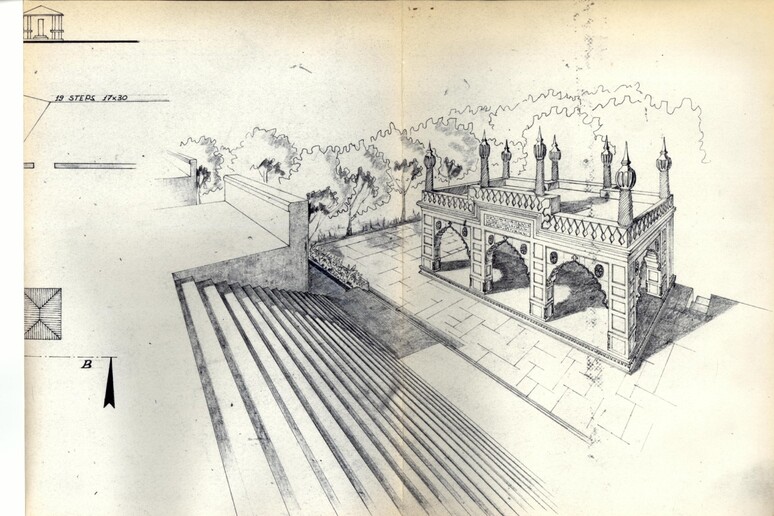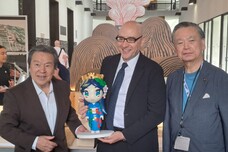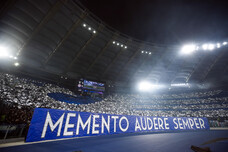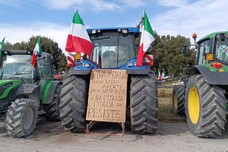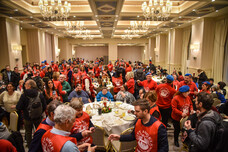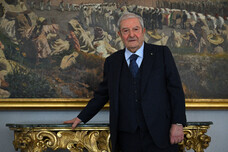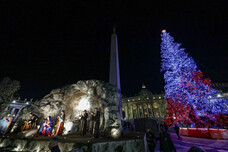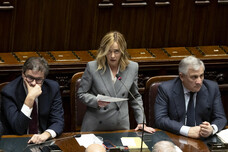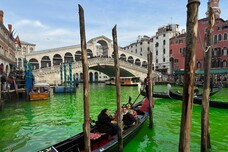Available on the web page of the Historical Diplomatic Archive of the Ministry of Foreign Affairs and International Cooperation is the inventory of the third part of the archive belonging to the former Institute for the Middle and Far East (IsMEO), edited by Dr. Alessandra Bonsignorio. This release, part of the reorganisation and inventorying project started in 2023, includes a total of 58 envelopes, dated between 1965 and 1968.
The second half of the 1960s constitutes a phase of slight decline in the scientific and teaching activities of IsMEO. In fact, the funds allocated as a contribution by the Ministry of Foreign Affairs underwent a drastic reduction and some of the Institute's offices, including the historical one in Turin, were forced to close their doors. The geopolitical tensions in Asia also condition IsMEO's programmes, especially in the field of archaeology. The Indo-Pakistani conflict over Kashmir in 1965, first of all, imposed an interruption of missions in the Swat valley for an entire season, while the climate of growing instability in Afghanistan made it increasingly complicated to obtain permits for excavations and the export of artefacts for study purposes.
Collaborative relations with Iran, on the other hand, remained fruitful, despite the death of Enrico Mattei and the signs of the Pahlavi dynasty's now looming and irreversible decline. Starting in 1964, IsMEO's Roman headquarters in Palazzo Brancaccio hosted the Italian-Iranian Association, inaugurated the following year under the high patronage of the President of the Republic Gronchi. The successful excavation campaign in Shahr-i Sokhta also began in the autumn of 1967 (the documents in the Archives include a certificate of presence of Maurizio Tosi, head of the IsMEO archaeological mission in Shahr-i Sokhta, 1967) and only a few months later, in May 1968, the project for the night lighting and restoration of several historical buildings in Isfahan and Persepoli was approved: the cover picture shows the Hundred Columns Palace in Persepoli in a photograph of the time.
From the mid-1960s, the IsMEO Restoration Centre went through a period full of ferment and important achievements. In addition to the programmes undertaken on Persian soil, the restoration of Shah Jahan's Mosque in the Babur Gardens was completed in Kabul (in one of the pictures in the gallery, a section of the Mosque designed by architect Benito Carlo Bono can be seen), but it was especially in Ghazni that the Centre's greatest efforts were concentrated. In the former capital of the Ghaznavid dynasty, in fact, the Royal Palace of Sultan Mas'ud III is being unearthed and restored, while the Mausoleum of Abdur Razaq, located in the suburb of Rauza, is the protagonist of a plan to convert it into an Archaeological Museum, designed by architect Eugenio Galdieri. Among the most interesting documents kept in the Archive is a photograph showing Giuseppe Tucci, Empress Farah Diba and Vittore Branca at the inauguration of the exhibition of Italian miniatures in Tehran (1967) and the cover of Giuseppe Tucci's book Tibet, Land of Snows in the Indian edition of Oxford Book & Stationery.
ALL RIGHTS RESERVED © Copyright ANSA
